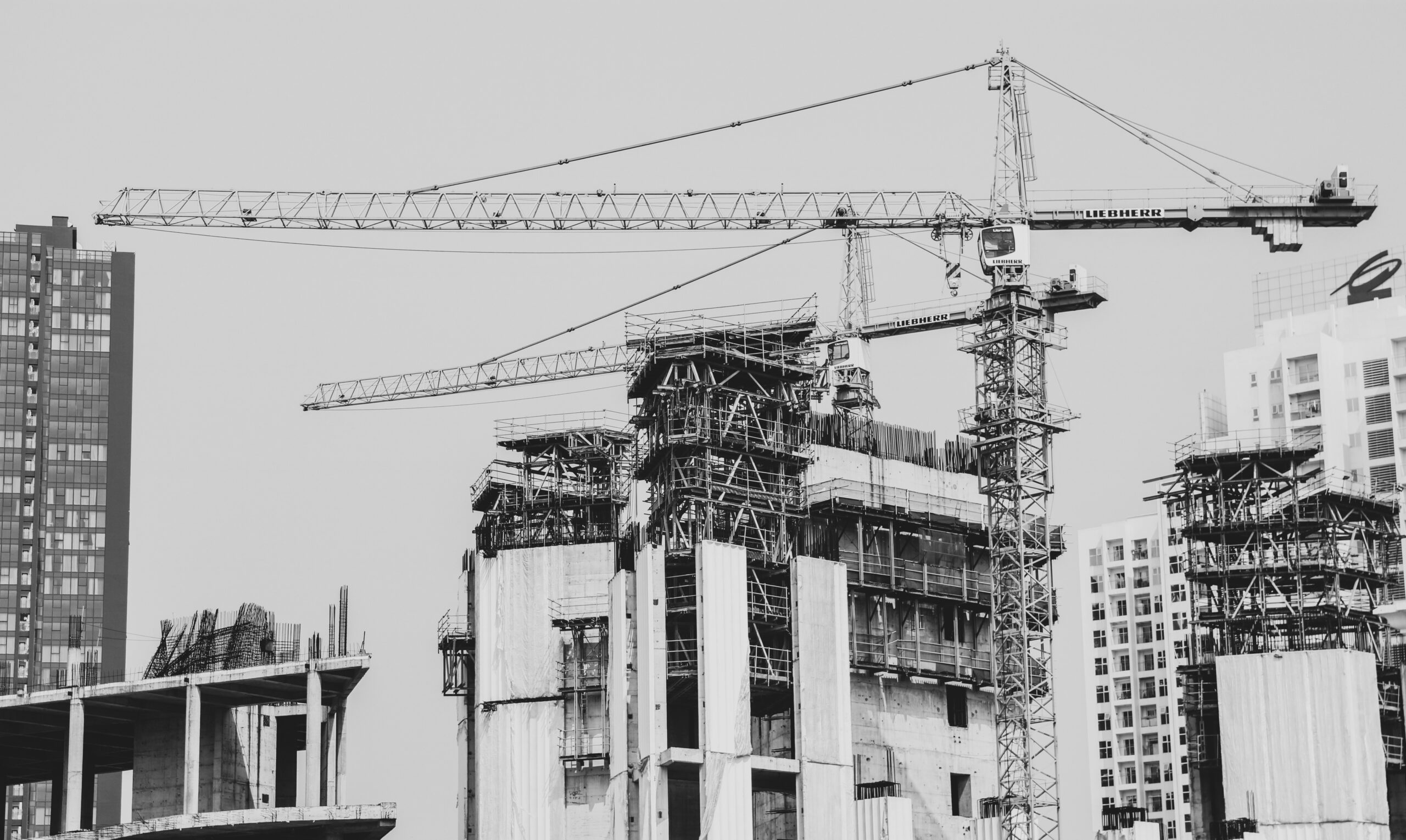
The commercial construction industry is transforming as never before. With the rising demand for more sustainable, efficient, and technologically advanced buildings, innovations in construction methods, materials, and technologies are reshaping how commercial structures are designed, built, and maintained. These groundbreaking advancements improve efficiency, reduce costs, and enhance commercial buildings’ environmental and social impact. As the industry embraces new trends, staying ahead of these innovations is essential for developers, contractors, and architects striving to remain competitive.
Technological Advancements Changing the Landscape
In recent years, technology has become a driving force in commercial construction. Building Information Modeling (BIM) is one of the most impactful innovations, providing a comprehensive digital representation of a building. BIM allows teams to collaborate more effectively by visualizing every aspect of a project—from structural components to electrical and plumbing systems—before construction begins. This digital model identifies potential issues early on, minimizing costly mistakes and delays during the building process.
Alongside BIM, advances in robotics and automation are streamlining various tasks on construction sites. Automation also plays a crucial role in the management of construction sites. Drones, for instance, can be used to monitor progress from above, conduct surveys, and track inventory. Integrating these technologies reduces human error, enhances safety, and speeds up the construction timeline.
Sustainable Building Practices for the Future
As climate change and resource depletion concerns grow, sustainability has become a top priority in the construction industry. Commercial buildings are now being designed focusing on energy efficiency, waste reduction, and long-term sustainability. One major innovation in this area is the use of sustainable materials. Recycled materials like reclaimed wood, repurposed steel, and sustainable concrete are increasingly used in commercial construction projects. These materials not only help reduce the environmental impact of construction but also contribute to the unique aesthetics of a building.
In addition to using sustainable materials, many new commercial buildings are incorporating green building technologies that help reduce energy consumption. Features such as solar panels, energy-efficient HVAC systems, and innovative lighting solutions are becoming more common in commercial construction. These systems work together to optimize energy use, reduce waste, and lower operating costs over time. Furthermore, green roofs and rainwater harvesting systems are being integrated into more buildings, improving air quality, biodiversity, and overall environmental health.
Modular Construction: A Game Changer in Efficiency
Modular construction is one of the most significant innovations in recent years. This method involves constructing modules or components off-site in a controlled factory environment and assembling them at the final site. This approach offers several advantages, including reduced construction time, cost savings, and less on-site disruption.
Modular construction also offers greater flexibility. Developers can quickly expand or modify a building by adding or reconfiguring the modules, which is particularly valuable for commercial buildings that need to adapt to changing needs over time. Modular construction provides a cost-effective and environmentally friendly solution as the construction industry faces increasing pressure to build faster and more sustainably.
Smart Buildings: The Intersection of Technology and Sustainability
The concept of smart buildings is rapidly gaining traction in commercial construction. Smart buildings integrate advanced technologies to enhance building performance, improve occupant comfort, and reduce energy consumption.
For example, intelligent lighting systems use occupancy sensors to automatically adjust lighting levels depending on the presence of people in a room. In contrast, smart thermostats regulate heating and cooling systems based on real-time data. These systems help reduce energy waste, lower operating costs and create more comfortable working environments.
One of the most exciting aspects of smart buildings is their ability to integrate with other technologies, such as renewable energy systems. As more commercial buildings embrace innovative technologies, they will reduce their environmental footprint and improve their financial viability over the long term.
The Role of Artificial Intelligence in Construction
Artificial intelligence (AI) is making waves in the commercial construction industry, offering solutions that can streamline operations, enhance safety, and improve decision-making. One of the key applications of AI in construction is predictive analytics, which allows teams to anticipate potential problems before they arise. By analyzing historical data, AI systems can predict risks related to schedule delays, budget overruns, or safety hazards, enabling proactive intervention.
AI can also optimize resource management. Machine learning algorithms can analyze data from construction sites to improve labor allocation, supply chain management, and equipment usage. This not only enhances productivity but also reduces waste and inefficiency.
The Future of Commercial Construction Innovation
As the commercial construction industry evolves, technological innovations, sustainability, and construction methods will play a crucial role in shaping the future of building design and construction. The growing emphasis on energy-efficient, sustainable buildings will lead to further advancements in green construction technologies. Meanwhile, integrating intelligent building systems and AI will improve commercial properties’ overall efficiency and performance.
Additionally, as modular construction gains more traction, it will likely become a standard method for building commercial structures, providing developers greater flexibility and reduced costs.
The future of commercial construction is bright, with these innovations laying the foundation for a more sustainable, efficient, and technologically advanced industry.
Technological advancements, sustainable building practices, and innovative methods profoundly transform commercial construction. From BIM and smart buildings to modular construction and AI-powered solutions, these innovations are improving the efficiency and sustainability of buildings and creating a more competitive and responsive industry. As the construction landscape evolves, embracing these cutting-edge technologies will be crucial for developers and contractors aiming to stay ahead of the curve and meet the growing demand for high-performance commercial spaces.